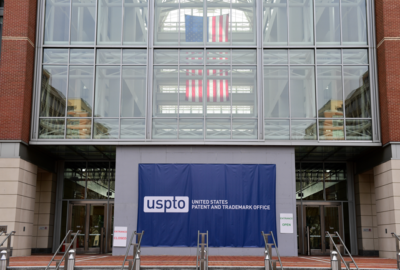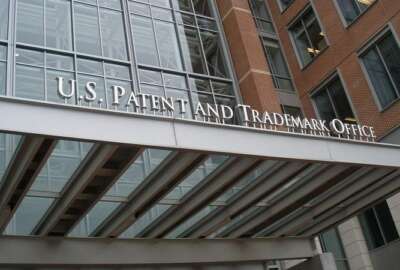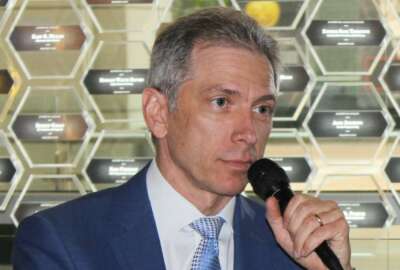

The U.S. Patent and Trademark Office passed the 11 million patents granted milestone just three years after 10 million.
Whatever else the pandemic might have done to the United States, it failed to dull the pace of invention. My evidence is that just a few days ago the U.S. Patent and Trademark Office granted patent number 11 million. This occurred a scant three years after number 10 million. USPTO dates the count to July 13, 1836.
The 11th million patent covers a new way of repositioning heart valve devices — stents — within a heart chamber. Exciting stuff, a sort of telegenic patent. Wags on social media have knocked USPTO for making it come out that way. Number 10,999,999 covers a new way of creating a soybean cultivar. Who knew soybeans had cultivars? Number 11,000,001 also has to do with a soybean cultivar, and it went to the same inventors. Hmmmm. Somehow the sexy patent with the round number ended up in a soybean field.
I don’t ascribe nefariousness to USPTO on that odd development. Maybe the examiner handling the soybean applications took a vacation day between two decisions, and the heart valve invention just slipped in between.
I spoke with Drew Hirshfeld, the career USPTO executive who, at the moment, is “performing the duties and functions of” director. No Biden administration appointee has yet arrived at USPTO to succeed Andre Iancu, who left at the end of the Trump administration. Reaching the 11 million milestone provided a vivid example of how career feds definitely keep things going during these periods without confirmed agency heads.
He pointed to the agency’s long history of equipping its 8,000 examiners with telework capability as making it ready for the pandemic. USPTO has been innovative in other ways. Most of the paperwork that defined it for more than a century is digitized. It’s in the midst of rolling out a new, artificial intelligence-powered search engine for examiners.
The U.S. patent system dates nearly to the founding of the nation, so in reality, the U.S. has granted many more than 11 million patents. Most records before 1836, USPTO states, were lost to a fire. 1836 is significant because the Patent Act of 1836 established a patent office as we know it today, although the office would skip through several departments before landing in Commerce. Congress has tinkered with patent law continuously since then, but the basic premise for protecting intellectual property is enumerated in the Constitution — Article I, Section 8, Clause 8.
The Founding Fathers didn’t invent the notion of intellectual property protection. But they understood its value to a new nation. By giving applicants non-permanent rights to the fruits of their inventions, patent law provides the incentive for the ablest among us to pursue their inventiveness. That is, they can make a buck. Yet because patents expire, the value accrues widely. The radial tires were first patented in 1914. Aspirin in 1899. They and thousands of other inventions eventually become commodities.
I first became interested in patents as a child, when my father gave me a nail clipper with a patented system for catching the clippings. I noticed the patent numbers stamped on the pinkie-sized device, which retains its bright, chrome finish after 60 or so years. Its inventors presumably were compensated, and later all these things are widely available, competitively and cheap.
Something outside USPTO’s control at the moment concerns drug patents. They’re the topic of a political debate. Specifically, whether COVID vaccine makers should, through trade negotiations, lose their IP rights so anyone, including Chinese factories, can simply make and sell vaccines invented by U.S. and German companies.
For sure, governments and societies around the world are benefitting from these inventions — which were in this case partially paid for with tax dollars. And when you get into the world of drug innovation, distribution and pricing, you’re in a deep thicket. I’m not going there.
But I would caution that while taking away IP rights from Pfizer, Moderna and the others might seem expedient, it would set a bad precedent in withdrawing legal protections for a select group. It would upset international IP agreements when the importance of cooperation is on the rise. And as a practical matter, the vaccine has been widely licensed anyway, but under control of the manufacturers so fly-by-nights with dirt floors don’t get to concoct vaccines, or at least can’t get them into the international supply chain.
Anyhow, 11 million is a great milestone for USPTO and for the nation’s inventors.
Copyright © 2025 Federal News Network. All rights reserved. This website is not intended for users located within the European Economic Area.
Tom Temin is host of the Federal Drive and has been providing insight on federal technology and management issues for more than 30 years.
Follow @tteminWFED



